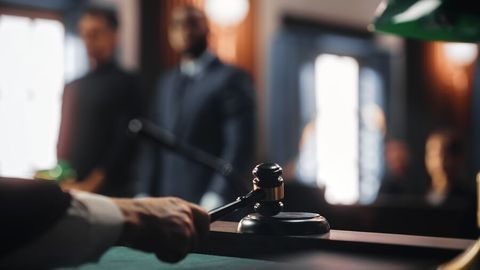Supreme Court Rules in Favor of Health Plans in Landmark $13 Billion Affordable Care Act Case
Client Alert | 1 min read | 04.28.20
On April 27, the U.S. Supreme Court issued a decision in Maine Cmty. Health Options et al v. United States, ruling in favor of Maine and companion insurers in the long running Affordable Care Act §1342 “risk corridors” litigation, and confirming the government’s obligation to pay insurers approximately $13 billion for their work related to the ACA. Under the risk corridors program, the government and the health plans shared risk during the first three years of the ACA exchanges, and had reciprocal statutory payment obligations; however, after the health plans performed, the government refused to make full payment, arguing that Congress’ refusal to appropriate funds vitiated the government’s payment obligation. Reversing the Federal Circuit, the Supreme Court held that the statute contained an unambiguous payment mandate, which was not repealed or otherwise suspended by Congress’ failure to make appropriations available. While a failure to appropriate funds prevents agencies from making the payment, the failure does not relieve the United States of its obligation to pay. Speaking for the majority, Justice Sonia Sotomayor wrote: “These holdings reflect a principle as old as the Nation itself: The Government should honor its obligations. Soon after ratification, Alexander Hamilton stressed this insight as a cornerstone of fiscal policy. ‘States,’ he wrote, ‘who observe their engagements . . . are respected and trusted: while the reverse is the fate of those . . . who pursue an opposite conduct.’” C&M partner Steve McBrady called the decision “important” noting that it “cements bedrock principles of fairness into money mandating statute jurisprudence.” Crowell & Moring represented Maine Community Health Options.
Contacts
Insights
Client Alert | 6 min read | 11.26.25
From ‘Second’ to ‘First:’ Federal Circuit Tackles Obvious Claim Errors
Patent claims must be clear and definite, as they set the boundaries of the patentee’s rights. Occasionally, however, claim language contains errors, such as typographical mistakes or incorrect numbering. Courts possess very limited authority to correct such errors. The United States Court of Appeals for the Federal Circuit has emphasized that judicial correction is appropriate only in rare circumstances, where (1) the error is evident from the face of the patent, and (2) the proposed correction is the sole reasonable interpretation in view of the claim language, specification, and prosecution history. See Group One, Ltd. v. Hallmark Cards, Inc., 407 F.3d 1297, 1303 (Fed. Cir. 2005) and Novo Indus., L.P. v. Micro Molds Corp., 350 F.3d 1348, 1357 (Fed. Cir. 2003).
Client Alert | 5 min read | 11.26.25
Client Alert | 6 min read | 11.25.25
Brussels Court Clarifies the EU’s SPC Manufacturing Waiver Regulation Rules
Client Alert | 3 min read | 11.24.25







